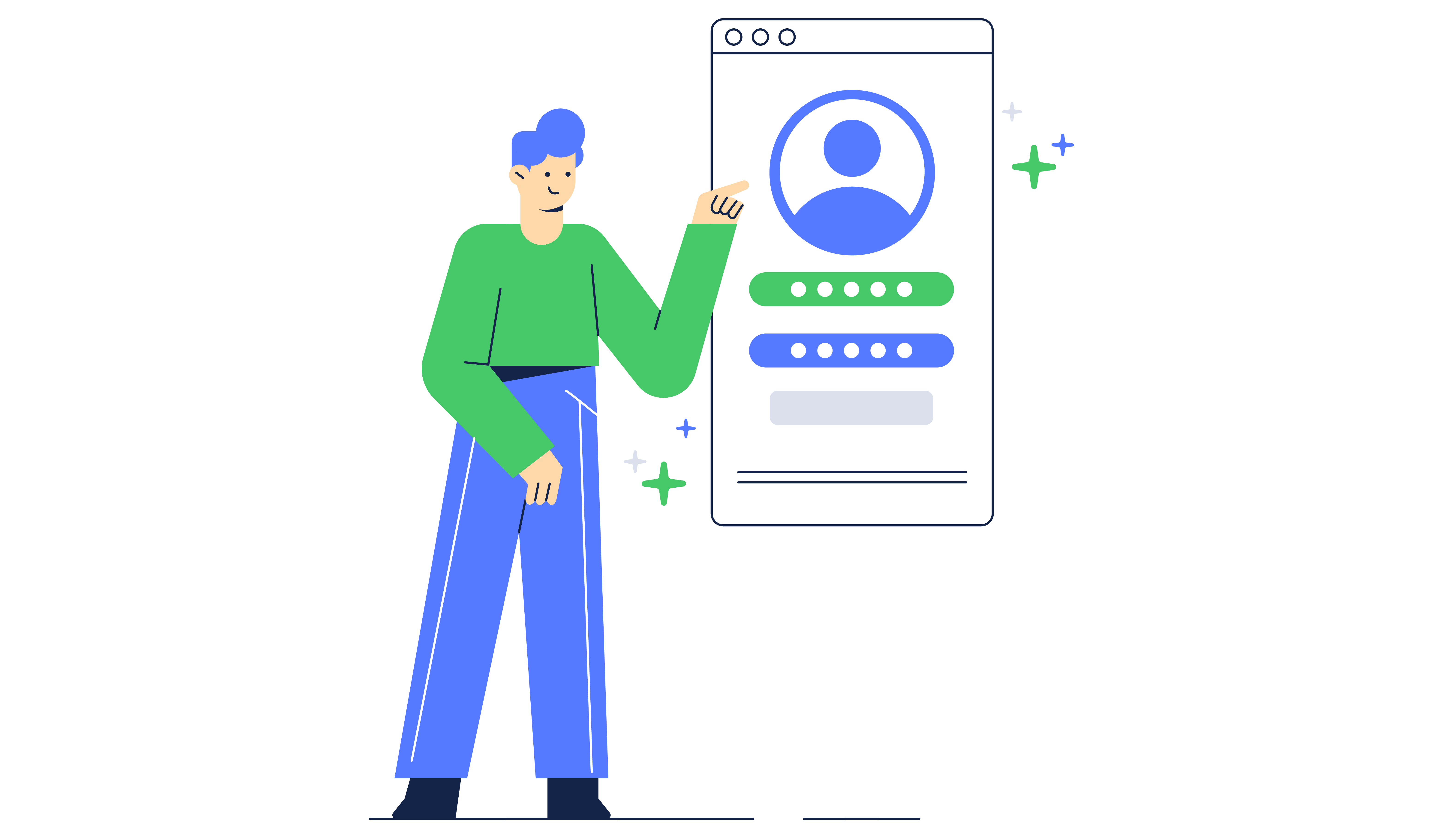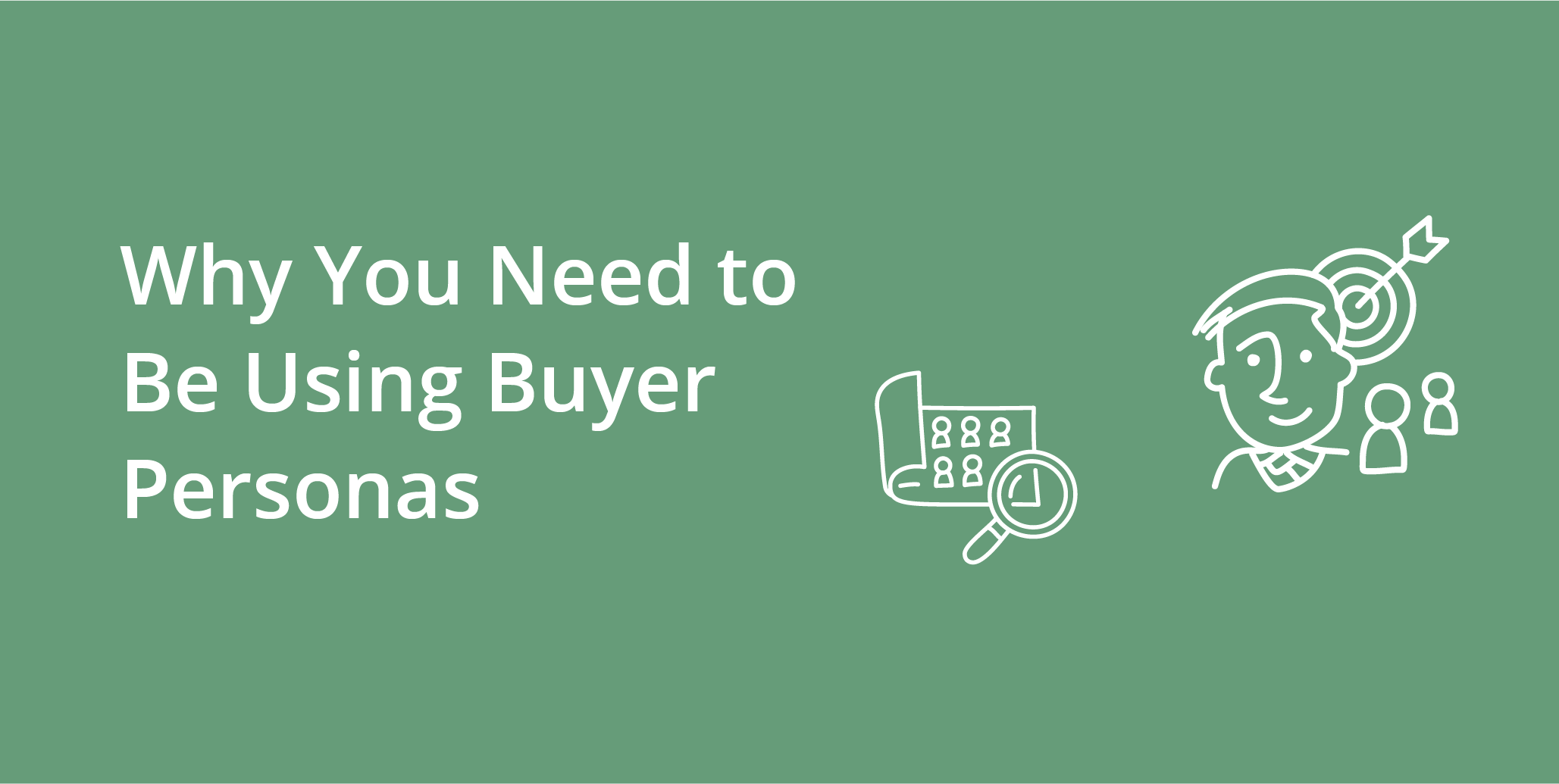The Importance of Buyer Personas and How to Use Them with Your Team
No matter how exciting and innovative your value proposition is, every product or service you sell will only be of interest to select groups of people and companies. It makes financial sense to focus your marketing and sales efforts on the groups who will be most likely to become your best customers. But how do you know who to target and how best to sell your product to them?
This process involves creating ideal customer profiles and buyer personas, two ideas in sales that are closely intertwined. In this article, we’ll discuss what these terms mean and how to use them to the best effect in your sales and marketing.
What is an Ideal Customer Profile?
An ICP (ideal customer profile) is a breakdown of the type of customer that will benefit most from the products and services you provide while also offering your business the returns you want. An ICP is used to decide on the types of customers you should target.
A B2B ideal customer profile breaks down the ideal business your products and services will appeal to. This should include details such as company size, budget, location, industry, and pain points.
A B2C ideal customer profile includes demographics such as the customer’s age, spending habits, location, and job, and other factors that could determine whether the customer will have an interest in spending their money with you.

What is a Buyer Persona?
Where an ICP is a broad-strokes overview of the perfect customer, a buyer persona takes things further by creating a semi-fictional representation of your ideal buyer. You should have multiple different buyer personas that represent the different customers you will target.
For B2B sales, buyer personas are less about the company the customer belongs to but the types of people who work there. A buyer persona will use industry research, demographic knowledge, and information you’ve gained from existing customers to paint a strong picture of these average ideal buyers.
Buyer personas include qualitative details and hypotheticals that ICPs lack. They can include buyers’ personal challenges, goals, and fears—things that are hugely important in selling but which sometimes get glossed over when you look at potential clients from a high-level point of view alone.
Creating Buyer Personas
Buyer personas should be created from solid research into your key demographics. Making assumptions about what people value based on stereotypes or conjecture will result in poor buyer personas.
The best way to create buyer personas is to interview your current customers, those who love your product. By collecting information on their habits, demographics, needs, challenges, and psychographics, you can build personas that will be useful in sales.
Include information that’s relevant to the sales process and minimize information that isn’t. Let’s look at the key elements of a typical buyer persona:
Personality traits
- Fictional name
- Professional background (education, competencies, years in position)
- Personality traits (relevant to their current position, e.g., drive, creativity)
- Awareness of your service (rated on a scale from 1-10)
- Information sources (e.g., internet sites, newspapers, influencers, books)
- Attitudes relevant to their current position (likes and dislikes)
- Beliefs about your industry
- Demographics
Work environment and goals
- Typical business size and industry
- Role specifics (e.g., seasonal work, fast-paced, lots of travel)
- Team size
- Importance of technology
- Goals
- Challenges
- Key performance indicators they care about
- Emotional pain points (what they fear most, what frustrates them at work)
Buying behavior
- Obstacles to buying (e.g., budget, time, lack of knowledge)
- Typical objections to buying (more knee-jerk reactions than real obstacles, such as lack of time, or a current relationship with your competitor)
How to use Buyer Personas in Sales
The number of people involved in an average B2B solution purchase has risen to over 6.8. So, a single buyer persona isn’t enough. On the other hand, creating a buyer persona for every potential gatekeeper isn’t practical. Pick the roles most critical to the buying process and focus on those. For example, these could be approvers of a contract, decision influencers, and decision-makers at the typical company.
It isn’t enough to simply create buyer personas. They need to be used in your business to shape the marketing and sales decisions you make.

Distribute buyer personas to your sales and marketing teams
A buyer persona puts a (fictional) name and face on a typical buyer. It helps your sales and marketing teams understand the buyers they’ll be dealing with daily and gives them ideas on how to emotionally connect with them.
Create FAQs and guides for common buyer persona queries
Now that you know the emotional pain points and typical objections buyers have when making a purchase, you can furnish your sales development team with a list of go-to suitable responses that can help them circumvent these problems.
For example, if a buyer persona is often very concerned about the amount of time it might take them to change suppliers, you can have a set response available that summarizes just how effortless you can make the transition be for them.
Reallocate your ad spend
With good buyer personas, you know how your most important customers spend their time online. This means you can better focus your ad spend revenue on the online publications, news sources, and social media that appeal to them, improving efficiency.
Distribute your human resources to better target buyer personas
Your human resources should similarly be allocated. If you know an important buyer persona is best contacted via LinkedIn, for example, it may make sense to allocate a team member to regularly monitor this channel and engage with people that meet the target persona.
Segment your calling lists by buyer persona
Whenever possible, group your customers according to buyer personas so you can target them more precisely. If you make buyer personas a central part of your customer relationship management system, your team can always have an idea of what type of customer they’re talking to, all at a glance. When making outgoing sales calls, segmenting your lists allows your agents to offer more personalized experiences and be primed for the type of customer they will talk to.
This is just the beginning of what you can do with well-researched ideal customer profiles and fleshed-out buyer personas. These can help your sales and marketing teams excel at reaching the types of customers who will really benefit from your products and services and allow you to build even more long-lasting business relationships.



